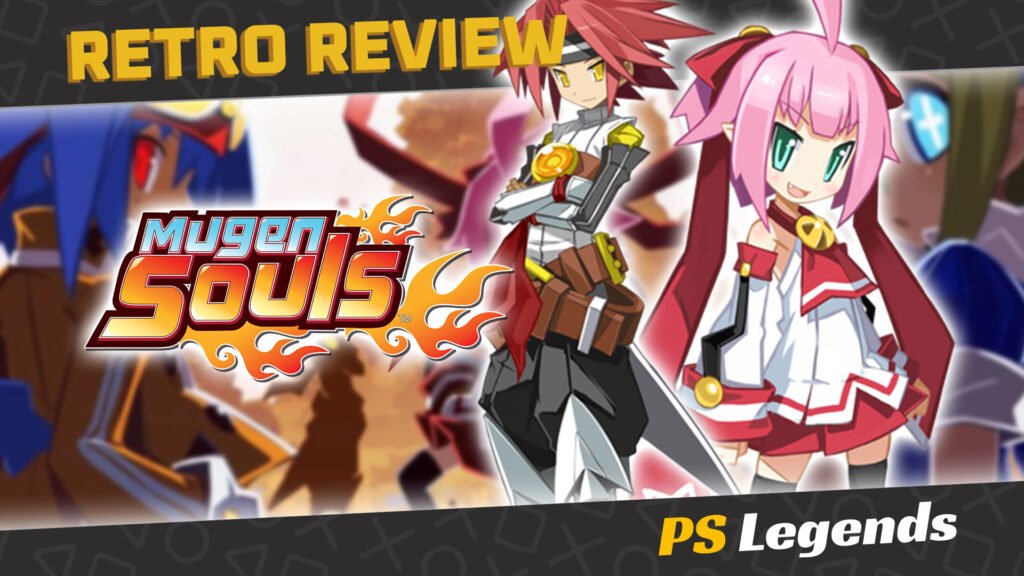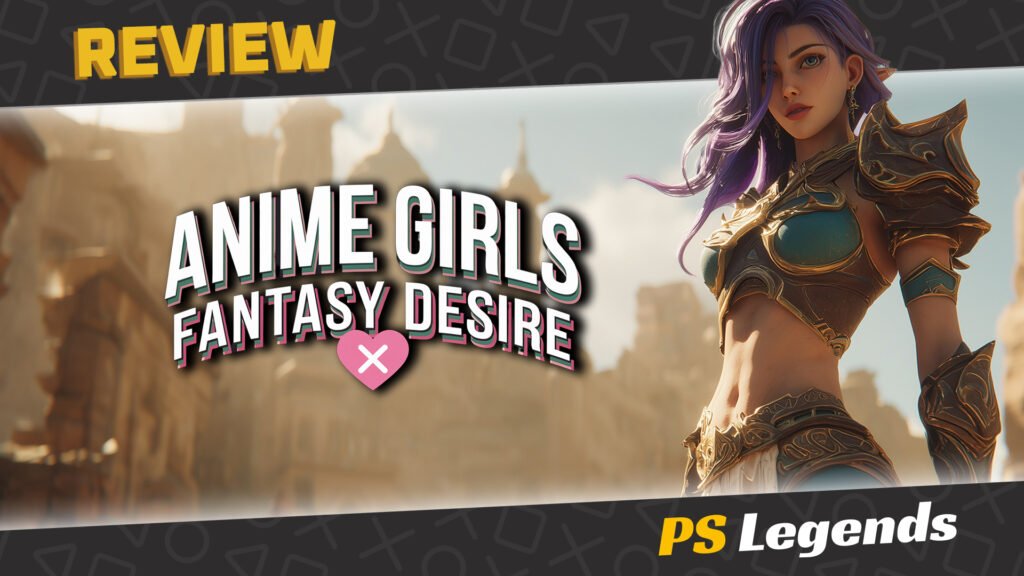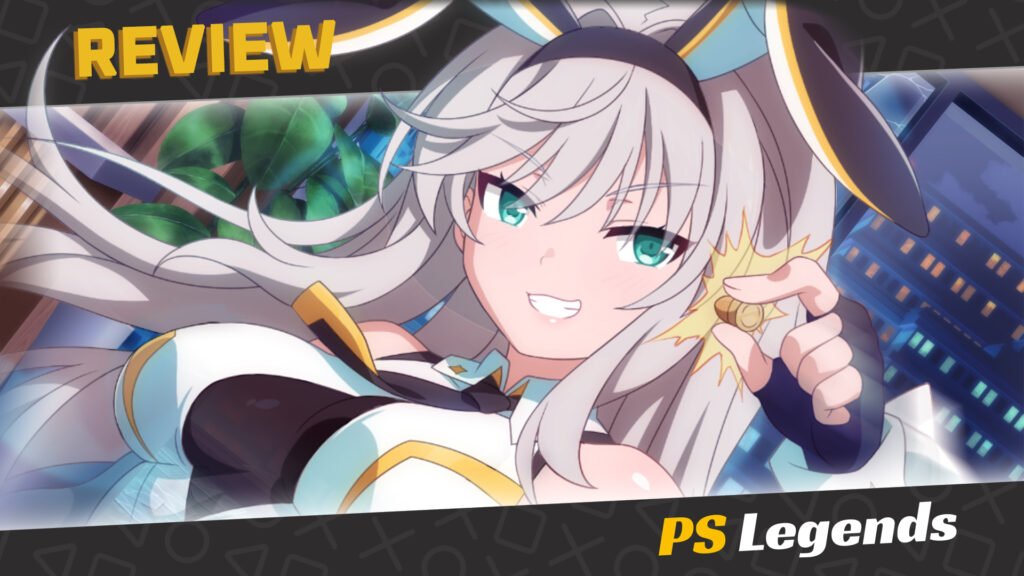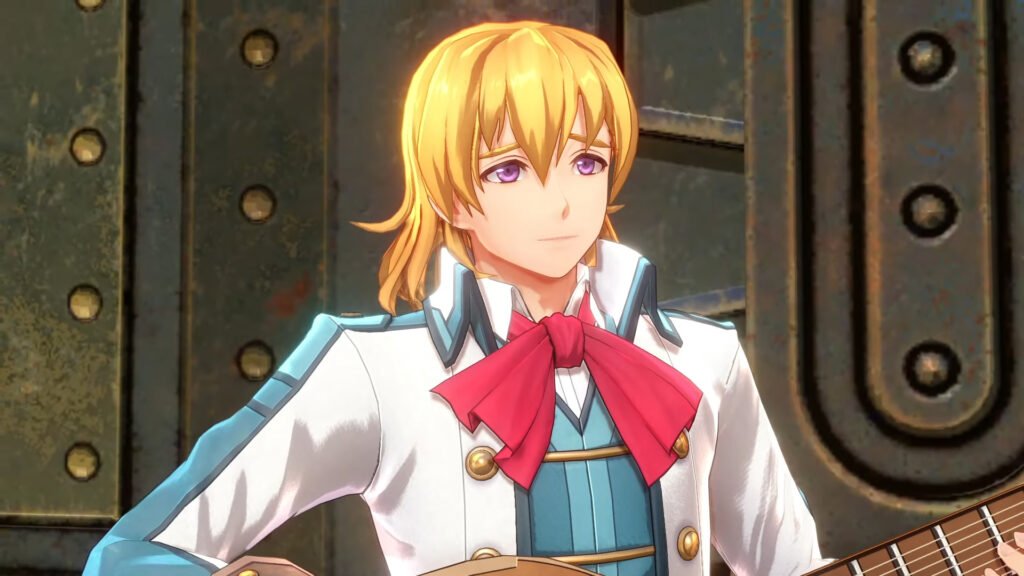We have a juxtaposition of 2D and 3D visuals, flashy turn-based combat, quirky anime characters with cheeky dialogue with plenty of partial nudity; Yes, this is a Compile Heart JRPG. Whilst the engine is borrowed from Hyperdimension Neptunia mk2, Mugen Souls is more of a Disgaea spin-off. It’s not a strategy RPG as such, it merely sits within Disgaea’s ever-expanding universe (Multiverse? Netherverse? Your guess is as good as mine). You won’t find cameos though, since Mugen Souls is a franchise which aims to stand on its own two feet.
Introduction
Mugen Souls is a 2012 Japanese role-playing game developed by Compile Heart with collaboration from GCREST and published in North America and the PAL regions by NIS America. Certain aspects of the western release were edited and some mini-games were disabled. A sequel, titled Mugen Souls Z, was released in 2013.
Whilst the character designs, setting, combat and even elements of the story are anything but original, Mugen Souls does have one or two unique features to separate it from its rival JRPG siblings, for better or worse. Before we get down to the good, the bad and the ugly, let’s take a look at the story, the characters and the setting, arguably the most important components of any RPG.

Story
Our tale begins with Chou-Chou, the self-proclaimed ‘undisputed god of the universe’ awakening deep in space with little memory of her past. She is found by Altis, a demon girl who has recently reincarnated as an angel following an accidental string of good deeds, and Ryuto, a young spaceship captain who falls in love with Chou-Chou after she uses her powers to make him her ‘peon’, or servant if you prefer.
Greedy and egotistical, Chou-Chou sets out on a journey with her companions to conquer the seven shining worlds and make them her own. She achieves this by turning each planet’s hero and demon lord (and even the planets themselves) into her peons, but meets a rival goddess along the way who shares her powers, but is she friend or foe? And will Chou-Chou’s journey help restore her memories?

Gameplay
Battles are your standard turn-based affair with movement allowed within a specific range in non-random encounters. Yes, enemies are present in dungeons and can be avoided if you’re quick (and lucky) enough. You can also take advantage of the game’s ‘Moe-Kill’ system to win fights, which isn’t anywhere near as deadly as it sounds.
Chou-Chou can use the Moe-Kill command to transform both in personality and appearance (Ar Tonelico Qoga style) to a form more suited to your enemies’ particular fetishes. Become a Sadist to give you an advantage over a Masochist enemy, for example. Whilst at first glance this may sound straight-forward enough, it’s actually incredibly complicated and isn’t helped by the game’s poor choice of terminology; The Emo Chou-Chou is referred to as ‘Terse’, whilst ‘Bipolar’ refers to a classic ‘Tsundere’ persona.
It’s an unrewarding design choice that makes for a poor alternative to standard elemental attributes. Sadly you can’t quite get away with ignoring this feature either since you’re required to turn entire continents into your Peons by using the Moe-Kill technique to praise or insult secret hotspots with the bizarre Moe-Kill mini-game. Fortunately your progress in battle isn’t as dependent on Moe-Kills since characters receive enough experience and upgrades through standard battles and side-quests to get you through the game with relative ease.
Each time you defeat an enemy or turn them into your Peon with the Moe-Kill feature you are rewarded with Shampurus, cute little bunny creatures which serve Chou-Chou and strengthen her ship, the G-Castle. G-Castle can also participate in turn-based ship battles in true Skies of Arcadia style, which is one of the game’s more fun and rewardingly epic features.

Graphics/Sound
Characters aren’t exactly visually pleasing, in fact they can at times be almost completely devoid of physical features, which brings us to another poor design choice: the graphics engine. Whilst the 2D character sprites used in most cutscenes are up to a suitably high standard, the 3D in-game alternatives are a noticeable step down. They’re actually considerably worse than the low-resolution cel-shaded versions used in Hyperdimension Neptunia mk2.
Basically, your characters change into heads attached to a generic body which is devoid of any detail, not unlike certain bobble-headed avatars you get on rival consoles. Clothing is essentially a palette swap and both male and female body types are identical, which really seems out of place in a game where sex appeal at least tries to be a selling point. In battle, animations are lazy too with minimal effort put into special attacks with the game pretty much relying on colourful flashes to sell the action and a noticeably sluggish frame-rate.
The music is fine, and a bit of a step up from the drearier stuff echoing through the Disgaea games, though the voice acting really shines through. You’ll likely notice some regulars returning from Compile Heart’s Hyperdimension Neptunia series, though as always, each actor nails their role with enthusiastic passion.

Conclusion
As you might expect, Chou-Chou’s story is one of uncovering her past as well as expanding her influence through petty turf-war. Sadly, it’s all pretty predictable and doesn’t really come together until the end. Comparatively, Altis’ story is relatively non-existent despite her being a secondary character. As an evil angel who wishes to become a demon again, this is simply forgotten about as the cast of characters increases.
You can add most of the planets’ heroes and demon lords to your party as you ‘peon’ them (yes they use that lousy line in the game quite often) but none really stand out when compared to the cheeky yet charming Chou-Chou or the sadistic and sexy Altis. You’ll likely just pick whichever characters have the most useful healing abilities (or whichever female characters flaunt enough skin) to fill the spaces in your party.
Yes, in typical modern JRPG style, sex appeal is very much a recurring theme here. Even the angelic Altis is particularly fond of an ‘under-boob’ shot. Conquering each planet will reward the player with a sexy hot-spring scene with your current female party members, but any nudity is always censored, usually concealed by large amounts of soap. Whilst this may reduce any awkwardness regarding your growing naked harem, the constant censorship is far more of an insult to the maturity of the player than a saving grace.
To sum up the game, Mugen Souls feels like a fusion of Hyperdimension Neptunia mk2, Disgaea, Skies of Arcadia and Ar Tonelico Qoga, together in one repetitively unoriginal package. Any new features usually serve as more of a burden than a blessing. Over-censorship and sloppy visuals also let it down. Even if you take into consideration some fantastic ship-based battles, a couple of fun characters and the really top-notch voice-acting, you’re left with a title that is, overall, mediocre at best.
One final point worth noting is the game’s approach to the matter of immersion, which doesn’t quite work out. It’s increasingly difficult to tell whether Chou-Chou is the protagonist or an antagonist since the purpose of the game is essentially enslaving thousands of innocent people, often transforming them into simple, helpless creatures. It raises the age-old question that when gods meddle in the affairs of mortals, do they actually do more harm than good?
Joys
- Some fun characters
- Decent voice acting
- Awesome ship battles
Cons
- Overcomplicated ‘Moe-Kill’ mechanics
- Story doesn’t really come together until the end
- Very basic, over-censored visuals



